|
Know what’s happening across Oceania—before your coffee’s cold.
OCEANIA MARKETS
|
S&P/ASX 200
|
8,586.60
|
-0.12
|
|
|
S&P/NZX 50 Index Gross
|
12,720.08
|
-0.50%
|
|
|
SPX STRI Fiji
|
9254.90
|
0.00%
|
|
ASX 200 and NZX 50 Data Provided By:

|
|
*Market index data sourced from official exchange publications and financial data aggregators. ASX and NZX data reflect end-of-day figures from the Australian and New Zealand stock exchanges respectively. SPX (South Pacific Stock Exchange) figures reflect the most recent published data. Note: NZX and SPX figures include dividends (total return), while the ASX figure reflects share price movement only.
|
|
REGIONAL NEWS
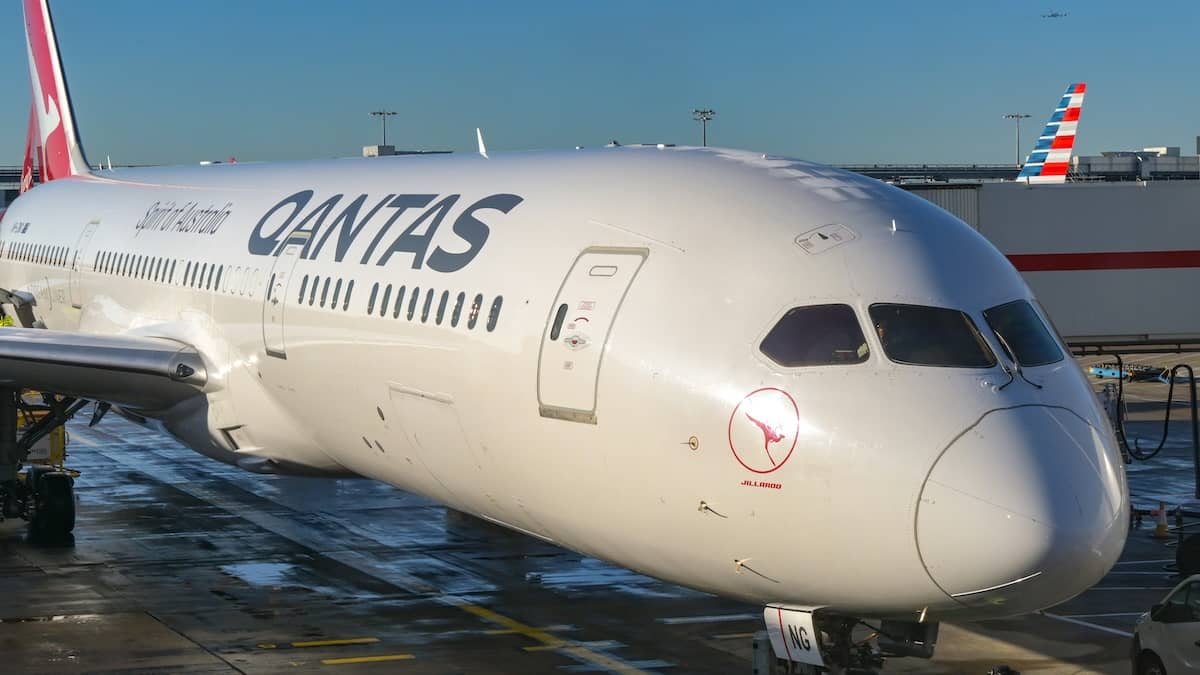
Australia's flagship airline faces significant data breach at call centre system. Photo Credit: Security Week
Qantas Hit by Major Cyberattack: 6 Million Customers Potentially Affected
|
Australia's national airline Qantas
has confirmed a major cyberattack that potentially exposed personal data belonging to up to 6 million customers. The cyber incident occurred at one of the airline's call centres, with hackers accessing a system containing customer information. The airline expects "significant" amounts of data to have been stolen, including customers' names, email addresses, phone numbers, birth dates and frequent flyer numbers.
|
|
The breach comes amid a wave of cyberattacks targeting the aviation industry, with Qantas becoming the latest victim. However, the airline has assured customers that no credit card details, personal financial information, passport details or passwords were accessed, and frequent flyer accounts remain secure. The company has begun contacting affected customers directly to provide support and guidance on protecting their information.
|
|
Qantas is working with cybersecurity experts and law enforcement to investigate the full scope of the breach. This incident highlights the ongoing cybersecurity challenges facing major corporations, particularly in the aviation sector where customer data is highly valuable to cybercriminals. The airline has emphasized its commitment to preventing similar incidents in the future while supporting affected customers through this security breach.
|
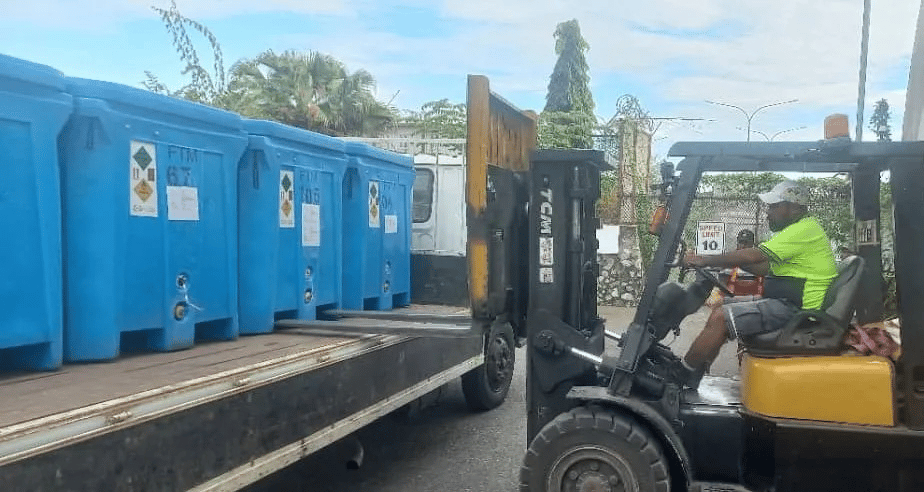
Four tonnes of live fish flown directly from Port Moresby mark a milestone for PNG’s seafood export industry. Photo credit: Post Courier
Air Niugini Launches Historic Direct Live Fish Export to Hong Kong
|
Air Niugini has achieved a major breakthrough for Papua New Guinea’s seafood sector by transporting its first-ever direct export of live fish from Port Moresby to Hong Kong. On June 25, four specialized containers—designed to maintain water quality, oxygen, and temperature—were loaded with four tonnes of live fish and flown on a Boeing 767, completing the six-hour, forty-minute journey and setting a new benchmark for local exporters.
|
|
Previously, live marine exports to Hong Kong transited through Australia, but this direct operation signals PNG’s growing capability to deliver high-value, perishable goods straight to international markets. Air Niugini CEO Gary Seddon highlighted that swift air transport preserves product quality and reduces mortality, allowing PNG exporters to tap into lucrative overseas markets while boosting the national economy.
|
|
Seddon also emphasized the importance of meeting strict handling protocols and regulatory requirements for live marine shipments, encouraging interested exporters to coordinate with Air Niugini Cargo in advance. This milestone underscores Air Niugini’s commitment to supporting PNG’s export industries and expanding the country’s presence in the global seafood market.
|
PRESENTED BY VONU STUDIOS
Oceanian Animated Videos For Kids: Pawpaw Kids TV
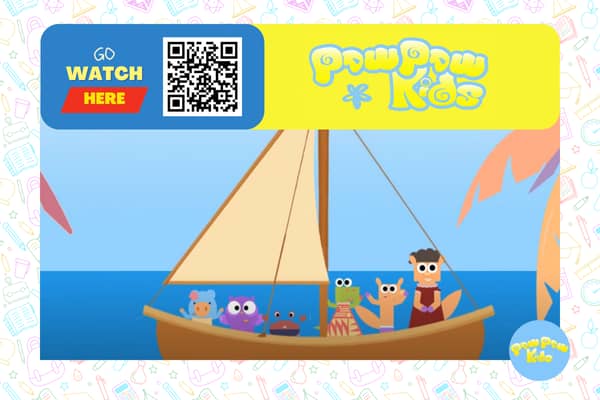
|
Pawpaw Kids TV is a YouTube channel dedicated to engaging and educational content for children, with a specific focus on the Oceanian region. The channel features the Pawpaw Explorers—Illy the Iguana, Mo the Mongoose, and other animated characters—who embark on adventures that introduce young viewers to local wildlife, ocean currents, and cultural stories.
|
Pawpaw Kids TV offers a Pacific blend of entertainment and learning, making it a valuable resource for children to explore the rich cultures and natural wonders of the Oceania region. Simply scan the QR code to visit the Pawpaw Kids TV YouTube channel or click this link:
YouTube Link: Pawpaw Kids TV
|
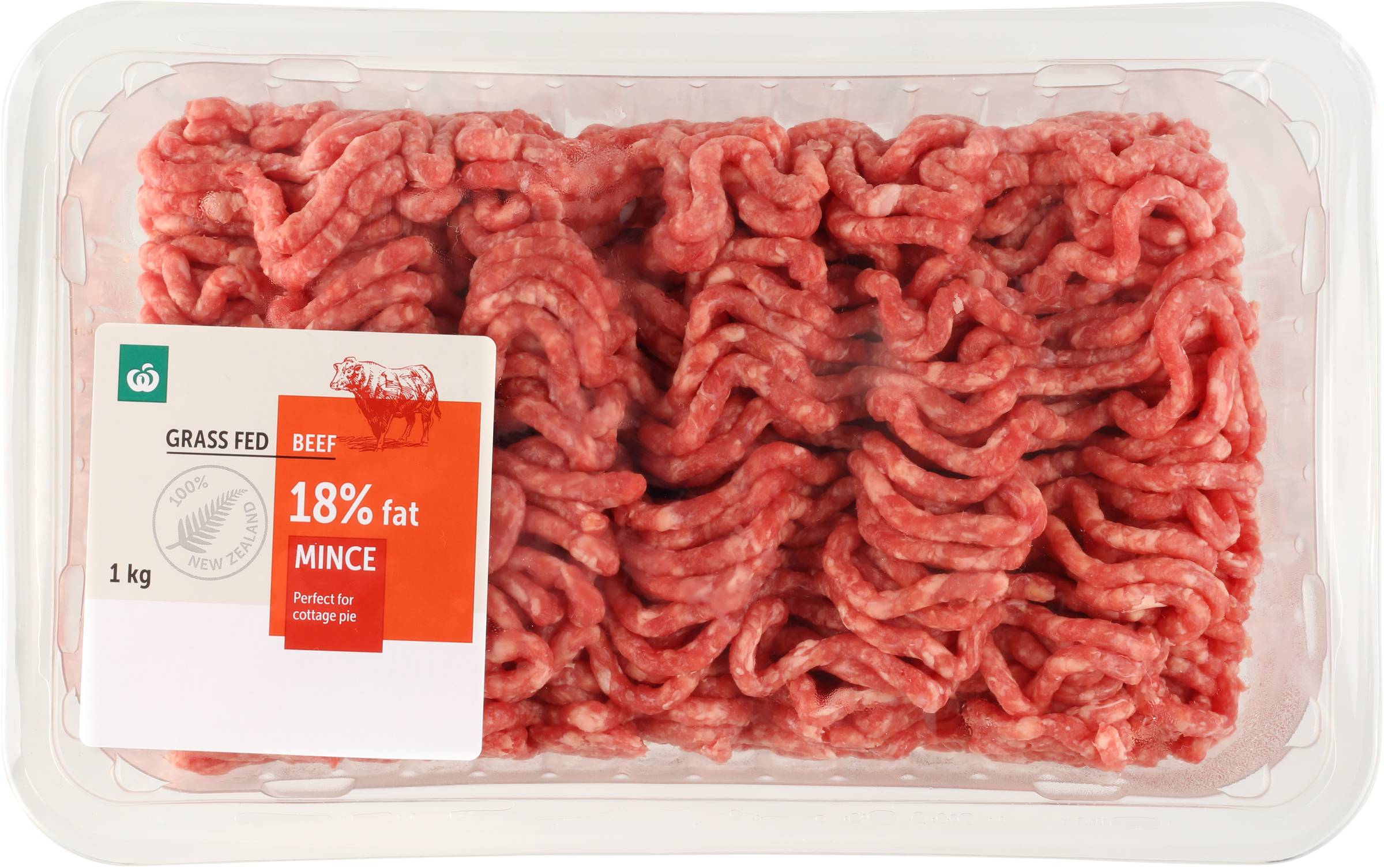
Woolworths urges North Island customers to return affected beef mince packs amid food safety concerns. Photo credit: Ministry of Primary Industries
Woolworths Recalls 18% Fat Beef Mince Over Plastic Contamination Risk
|
Woolworths New Zealand has issued a recall of its 18% Fat Beef Mince, sold in 500g and 1kg packs, due to potential contamination with soft blue plastic fragments. The affected products, all bearing a best-before date of July 5, 2025, were sold exclusively in Woolworths and Countdown stores across the North Island. Customers are advised not to consume the mince and to return it to their place of purchase for a full refund or dispose of it safely.
|
|
New Zealand Food Safety officials have confirmed no illnesses or injuries have been reported so far but strongly warned consumers against eating the affected batches. Deputy Director-General Vincent Arbuckle emphasized the importance of the recall, noting that the contaminated mince has been removed from shelves and was not exported. Woolworths has apologized for the inconvenience and reaffirmed its commitment to food safety while cooperating with authorities to investigate how the contamination occurred and to prevent future incidents.
|
|
The recall is limited to the Woolworths brand 18% Fat Beef Mince and does not affect any other beef products. Anyone who has consumed the product and feels unwell is encouraged to seek medical advice. For further information or assistance, customers can contact Woolworths’ Customer Care team.
|
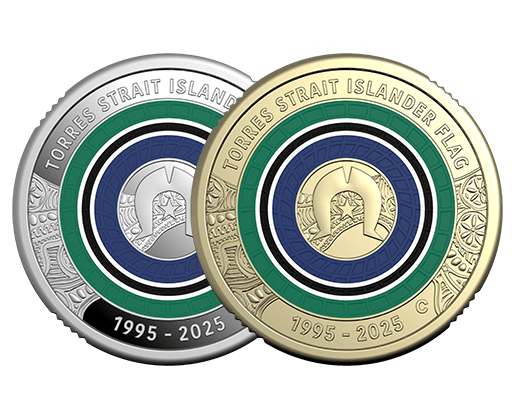
Royal Australian Mint releases commemorative coins celebrating three decades since the Torres Strait Islander Flag became an official flag of Australia. Photo credit: Royal Australian Mint
Australia Mints History: New $2 Coins Mark 30 Years of Torres Strait Islander Flag
|
The Royal Australian Mint
has released two special $2 coins to commemorate the 30th anniversary of the Torres Strait Islander Flag being proclaimed an official flag of Australia. On 14 July 1995, Governor-General Bill Hayden issued a proclamation under the Flags Act 1953 declaring both the Aboriginal Flag and the Torres Strait Islander Flag to be 'Flags of Australia'. The commemorative coins, designed by Royal Australian Mint coin designer Elyssa Waterford, were released on July 3, 2025, and celebrate the enduring spirit, heritage, and deep connection to the ocean that defines Torres Strait Islander culture.
|
|
The Torres Strait Islander flag was originally designed in 1992 by Bernard Namok, who won a local competition held by the Islands Coordinating Council, and symbolises the unity and identity of all Torres Strait Islanders. The flag's design incorporates traditional colors that represent the land, sea, and sky of the Torres Strait region, making it a powerful symbol of Indigenous Australian identity. The Royal Australian Mint has produced both coloured uncirculated and silver proof versions of the commemorative coins, with a mintage of 100,000 for the coloured uncirculated version.
|
|
These commemorative $2 coins are not just valuable additions to any collection; they are tangible pieces of history, inviting all Australians to reflect on the invaluable contributions, rich stories, and enduring spirit of Torres Strait Islander peoples across generations. The release comes at a time when Australia continues to recognize and celebrate the rich cultural heritage of its Indigenous peoples, with the coins serving as both legal tender and educational tools that help preserve and promote Torres Strait Islander culture for future generations.
|
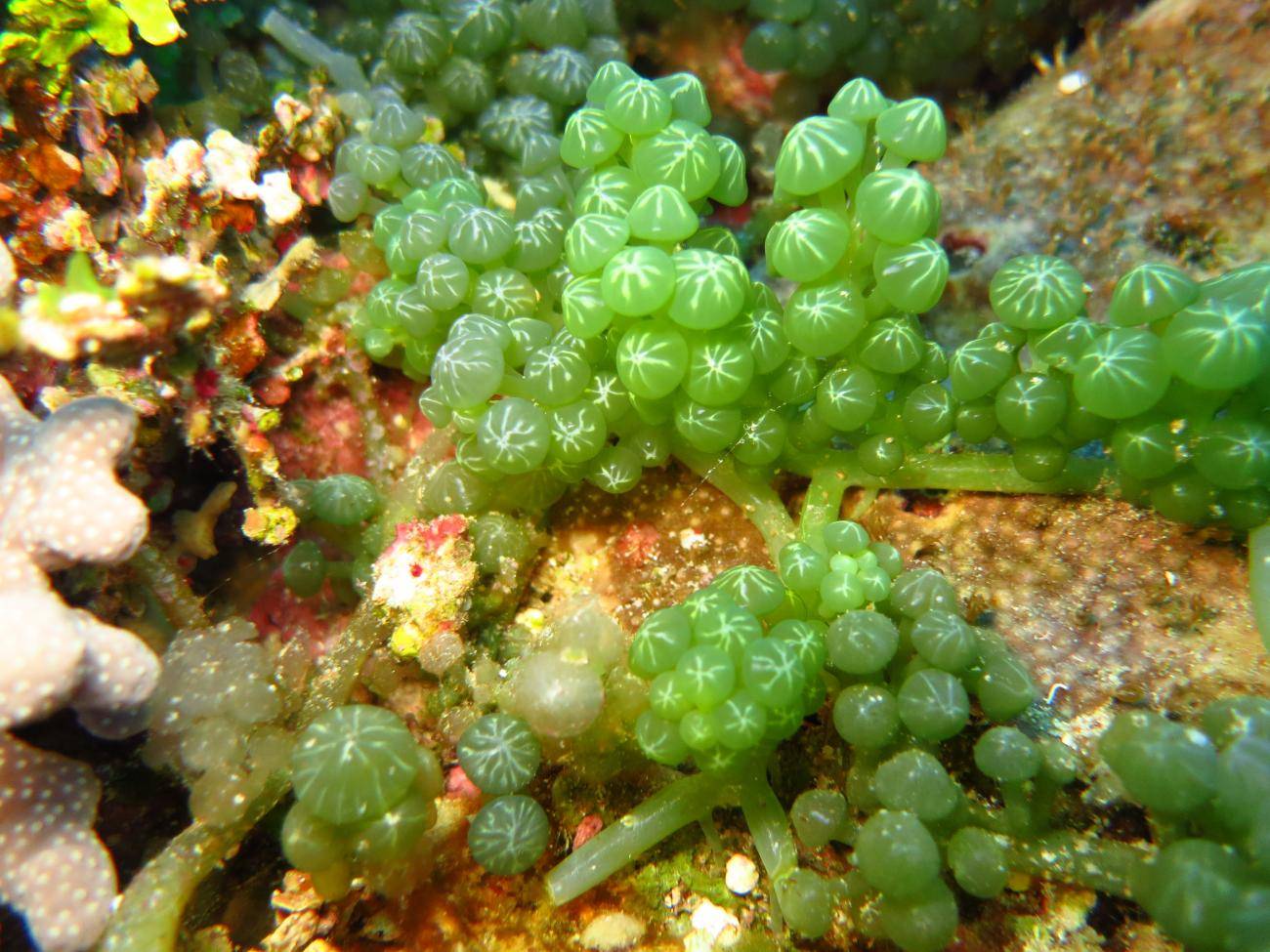
Two groundbreaking research initiatives establish first-ever safety standards for tropical seaweed cultivation, addressing contamination risks that have stalled industry development. Photo credit: The Pacific Community
Pacific Seaweed Scientists Crack the Safety Code for Blue Economy Growth
|
Pacific Island nations are on the cusp of a seaweed revolution thanks to two critical research projects that have finally addressed the elephant in the room: safety standards. The SafeNCweed and SouthPACIWEED initiatives, led by Dr. Lydiane Mattio and Dr. Laura Lagourgue, have produced the first comprehensive safety assessments for Pacific seaweed species, measuring everything from heavy metals and persistent organic pollutants to pesticide contamination. The Global Seaweed Coalition has been funding sector-building projects to accelerate growth in the seaweed industry, addressing consumer, environmental, and operational safety focus areas, making this regional work part of a broader global push for safer seaweed standards.
|
|
What makes these projects game-changing is their specificity to Pacific conditions and species. SafeNCweed identified New Caledonian seaweed species with economic potential while measuring their contaminant levels, while SouthPACIWEED reviewed existing regulations across South Pacific states and identified critical regulatory gaps. The projects didn't just identify problems—they created solutions, producing species-specific data sheets and harvesting guidelines that provide the foundation for sustainable practices and local economic opportunities. This work directly addresses the challenge that has kept tropical seaweed industries "underdeveloped and fragmented" compared to their Asian counterparts.
|
|
The timing couldn't be more strategic. Based on satellite analysis, 2025 is forecast to be another major Sargassum year, presenting both challenges and opportunities for Pacific nations looking to transform nuisance algae into valuable resources. With proper safety standards now established, the region can move beyond traditional carrageenan production to explore innovative applications like the Seychelles' Sargassum-to-fertilizer projects, Tonga's mozuku cultivation, and Australia's methane-reducing cattle feed trials. The research outcomes are already being shared regionally, with discussions underway to establish a larger Pacific seaweed network or alliance that could coordinate this emerging blue economy sector.
|
PRESENTED BY VONU STUDIOS
Children's Book: Vonu and the Druas Play Hide and Seek

|
Join Vonu the turtle and the stingray twins, the Druas Vai and Fai, in an exciting game of hide and seek! A heartwarming story filled with fun and adventure, perfect for young readers. Get your copy today!
|
New Zealand's Unwelcome Arrival: Antibiotic-Resistant Spider Sparks Health Concerns
The Noble False Widow spider carries drug-resistant bacteria on its fangs, raising alarm bells for both human health and Australia's biosecurity
|
New Zealand has officially confirmed the establishment of the Noble False Widow spider (Steatoda nobilis), but it's not just the venom that has scientists worried—it's the antibiotic-resistant bacteria these arachnids carry on their fangs. First confirmed in Porirua in November 2024, the spider is believed to have been present since at least April 2023, according to DNA evidence analysed by ecologist Steven Trewick of Massey University. It has since been reported in Wellington, Christchurch, Nelson, Northland and Waikato. This rapid spread across both islands suggests the species is well-established and likely arrived through shipping containers or imported goods from its native Canary Islands and Madeira.
|
|
The dual threat of venom and bacteria makes this invasion particularly concerning for public health officials. "Particularly concerning is its association with antibiotic-resistant bacteria. Infections resulting from bites don't always respond to treatment, and that's a significant medical concern," Professor Trewick said. While the spider isn't aggressive and bites are defensive, symptoms can include swelling, redness, pain, and in some cases, tissue necrosis. The presence of antibiotic-resistant bacteria associated with these bites is a concern, given as the species becomes more widespread and population density increases, the bite incidents may also rise.
|
|
The discovery has triggered warnings for Australia, with experts fearing the spider may have already crossed the Tasman undetected. The Noble False Widow's success as one of the world's most invasive arachnids stems from its ability to thrive in urban environments—garages, sheds, and commercial buildings provide ideal habitat. New Zealanders are urged to report sightings to authorities with photographs and location details, while taking precautions when moving stored items. The species' establishment serves as a stark reminder of the biosecurity challenges posed by global trade, where a single hitchhiking spider can establish populations across multiple regions within months.
|
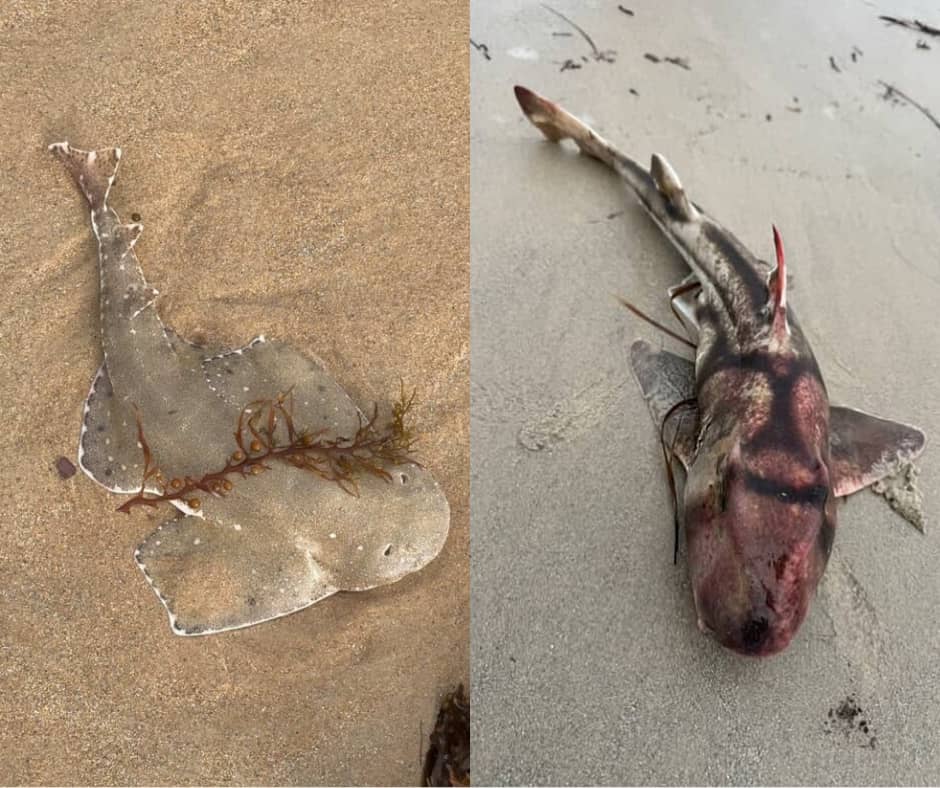
Karenia mikimotoi spreads from rural South Australia to city waters, killing hundreds of marine animals and sickening swimmers. Photo Credit: Facebook/Shark Watch SA
Deadly Algal Bloom Reaches Adelaide Beaches as Marine Life Dies
|
A deadly algal bloom that has killed hundreds of marine animals across South Australia has now reached Adelaide's metropolitan beaches, prompting authorities to warn the public to stay out of the water. The karenia mikimotoi algae was first detected in March at popular surf spot Waitpinga Beach in South Australia, bringing foamy waves, washing ashore dead marine life and leaving swimmers sick. Preliminary water samples from West Lakes have confirmed the presence of Karenia mikimotoi, the species of algae first detected on the Fleurieu Peninsula in March.
|
|
The bloom has spread rapidly across the state's coastline, with increased levels of chlorophyll-a — a marker for the algae — found across Gulf St Vincent, Spencer Gulf, the eastern coastline between Port Adelaide and Aldinga, Investigator Strait on Kangaroo Island, Troubridge Point on Yorke Peninsula and along the coastline between Victor Harbor to Robe. Among the killed wildlife are penguins, dolphins, sharks, stingrays, fish, squid and seals, with millions of shellfish that washed up on Goolwa Beach in April among the most dramatic incidents.
|
|
State authorities are conducting ongoing testing but have warned that "nothing can be done to dilute or dissipate the bloom", with similar blooms around the world lasting from a week to several months, depending on wind, rain and ocean temperatures. While the algae is not fatal to humans, it can cause temporary skin, eye and respiratory irritation. The Department of Environment and Water advises people and dogs to avoid swimming or surfing in discoloured water, foam, or areas where marine life appears dead or distressed.
|
South Australia’s Junk Food Ad Ban Sparks Debate Over ‘Healthy’ Foods
New advertising rules in South Australia target products like soy milk and rice cakes, igniting industry confusion and calls for clearer guidelines.
|
South Australia has become the first state in Australia to enforce a sweeping ban on junk food advertising across public transport, aiming to curb rising obesity rates. Effective July 1, the ban prohibits ads for a wide range of products—including not only traditional treats like chocolate, ice cream, and soft drinks, but also more surprising items such as most fortified soy milk and rice cakes, which the government has classified as ‘junk food’.
|
|
The move has drawn sharp criticism from the Australian Association of National Advertisers (AANA) and other industry bodies, who argue the policy is confusing and inconsistent. Critics point out that the government’s criteria for what constitutes ‘junk food’ remain unclear, with some nutritious foods being banned while others, like jam, are allowed. The AANA is urging the government to adopt the Food Standards Australia New Zealand (FSANZ) Nutrient Profiling Scoring Criteria to ensure decisions are evidence-based and transparent.
|
|
Despite the controversy, the South Australian government maintains the ban is a necessary step to protect public health, especially among children who are heavily exposed to food marketing during their daily commutes. With over 63% of adults and 35% of children in the state classified as overweight or obese, officials argue that reducing exposure to unhealthy food advertising is vital for reversing current trends.
|
SPOTLIGHT
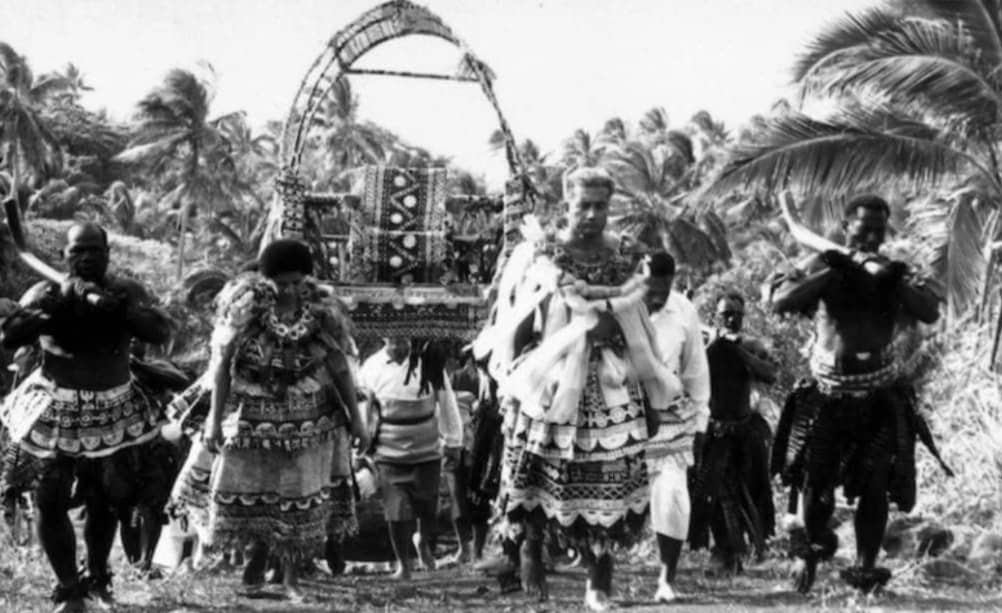
The Late Ratu Sir Kamisese Mara’s installation as Tui Nayau took place in 1969 on the island of Nayau in the Lau Province of Fiji. Pictured here the late Tui Nayau and his wife the late Adi Lala. Photo Credit: National Library of New Zealand.
Historic Installation of Lau's New Paramount Chief
|
The remote island of Lakeba in Fiji's eastern archipelago is preparing for one of the most significant ceremonial events in Fijian history. From July 8-12, 2025, Ratu Tevita Uluilakeba Mara will be installed as the new Sau Ni Vanua Ko Lau (High Chief of Lau), Tui Nayau (King of Nayau), and Tui Lau (King of Lau), marking the first time these paramount chiefly titles have been bestowed in over half a century. The ceremony will be graced by the presence of King Tupou VI and Queen Nanasipau'u of Tonga, making this a truly historic gathering of Pacific royalty.
|
|
Ratu Tevita is the son of Ratu Sir Kamisese Mara, who served as Fiji's first Prime Minister from 1970 to 1992 and was a founding father of the modern Fijian nation. However, Ratu Tevita himself spent 12 years in political exile in Tonga after being accused in 2011 of attempting to overthrow the government of Frank Bainimarama and returned to Fiji in 2023.
|
|
The installation ceremony itself will follow ancient protocols that have remained virtually unchanged for centuries. Prior to being installed as Tui Nayau (King of Nayau), the claimant must first be confirmed upon the decision of the noble households making up the Vuanirewa clan and then installed Sau (High Chief) of Lau. The elaborate rituals will include the traditional kava drinking ceremony, with participants wearing masi (tapa cloth) and using wooden kava bowls (tanoa) and clay water vessels (dari). The ceremony will take place in Tubou Village, Lakeba, where Ratu Tevita serves as head of Mataqali Vuanirewa (Vuanirewa clan).
|
|
The titles being restored carry immense historical weight in Fijian society. The Tui Lau (King of Lau) title was originally created for Ma'afu, a Tongan prince who moved to Lau in 1847 and skillfully exploited kinship links to establish a power base there. Ma'afu was disclaimed as a Tongan Prince by his cousin King George Tupou I, but the Vuanirewa Clan of the Lau Islands considered Ma'afu as their own and bestowed him the title as the first Tui Lau (King of Lau). The title was later revived in 1938 for Ratu Sir Lala Sukuna before being held by Ratu Kamisese Mara.
|
|
The presence of Tongan royalty at this ceremony underscores the enduring importance of these ancient connections in modern Pacific diplomacy. As Frederica Tuita, a member of the Tongan royal family and niece of King Tupou VI, explains: "Relationships between the Tongan royal families and Fijian aristocracy stretch back hundreds of years". She emphasizes that "Most Tongans value their blood ties as they appreciate that without knowing your family history, one's future can be light and ordinary".
|
|
The ceremony is expected to draw dignitaries and officials from across the Pacific region, including members of the Yavusa Vuanirewa clan who will travel to Nayau Island for the installation. While the complete guest list remains closely guarded, sources indicate that senior Fijian government officials and Pacific diplomatic representatives are expected to attend alongside the Tongan monarchs. The Fijian government has established an inter-agency task force to coordinate the state visit. Notably, Ratu Tevita has historical connections with other Pacific indigenous leaders, having met with Maori King Tuheitia during his exile in 2011 when seeking support from fellow indigenous peoples, though confirmation of additional Pacific royal or political attendance remains limited.
|
SPORTS
Tahiti Dominates as Pacific Mini Games Heat Up in Palau
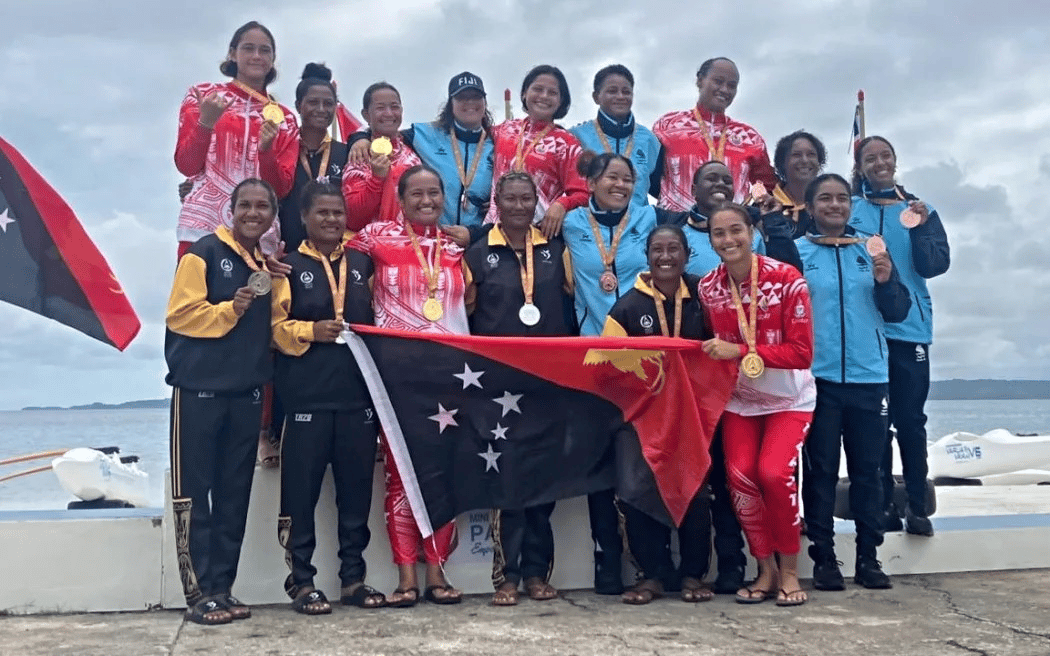
Tahiti leads the medal tally with standout performances across swimming, va’a, archery, and wrestling at the 2025 Pacific Mini Games. Photo Credit: Facebook / Palau 2025 Pacific Mini Games
|
The 2025 Pacific Mini Games in Palau are delivering thrilling competition as Tahiti continues to assert dominance, adding multiple gold medals across various sports. On Day 2, Tahiti secured 11 golds, bringing their total to 23 gold medals, with exceptional performances in swimming where rising star Déotille Videau claimed her fifth gold. Tahiti also swept the va’a (outrigger canoe) V6 500m events in women’s, men’s, and mixed categories, and excelled in wrestling and archery, solidifying their top spot on the medal table.
|
|
Samoa holds firm in second place on the medal table highlighted by strong performances in va’a and wrestling. Anne Cairns secured gold in the women’s V1 500m va’a, while wrestlers Shane Palemia and Ekitoa Tamati each earned gold medals in their respective freestyle categories. Samoa’s swimmers also impressed, with Paige Schendelaar-Kemp winning gold in the 100m butterfly and adding to her bronze haul, and Salani Sa’aga earning bronze in the 400m individual medley.
|
|
Fiji’s swimmers have also shone brightly, with Samuel Yalimaiwai setting a national record and winning gold in the men’s 50m and 100m breaststroke events, while Kelera Mudunasoko claimed gold in the women’s 50m and 100m breaststroke, also setting a new national record. Other Fijian athletes earned silver and bronze medals in archery and freestyle swimming, contributing to their growing medal haul.
|
REGIONAL EVENTS
-
Pacific Mini Games 2025
| Event |
Date |
Location |
Details |
| Competitions |
30 June – 9 July 2025
Rest Day: 6 July
|
Various venues in Koror, Airai, Melekeok, Ngiwal |
Sports include Athletics, Baseball, Triathlon, Swimming, Weightlifting, Judo, Wrestling, Table Tennis, Va‘a, Beach & Indoor Volleyball, Softball, and Archery.
|
| PGC General Meeting |
Sunday, 6 July 2025 |
Koror, Palau |
Meeting of the Pacific Games Council during the competition period. |
| Closing Ceremony |
Wednesday, 9 July 2025 |
Koror, Palau |
Final event including medal celebrations and cultural performances. |
|
-
Flying Fijians vs Australia Wallabies - Rugby Test Match
Date: Sunday, July 6th
Time: 1:30 PM kickoff
Venue: McDonald Jones Stadium, Newcastle
Tickets: From $20-25 for adults
|
|
Sydney-based fans are encouraged to make the drive down the Pacific Highway for what promises to be an thrilling Test match. Affordable tickets make this a perfect opportunity to support the national team away from home. For tickets and more information, check official Rugby Australia channels.
|
|
